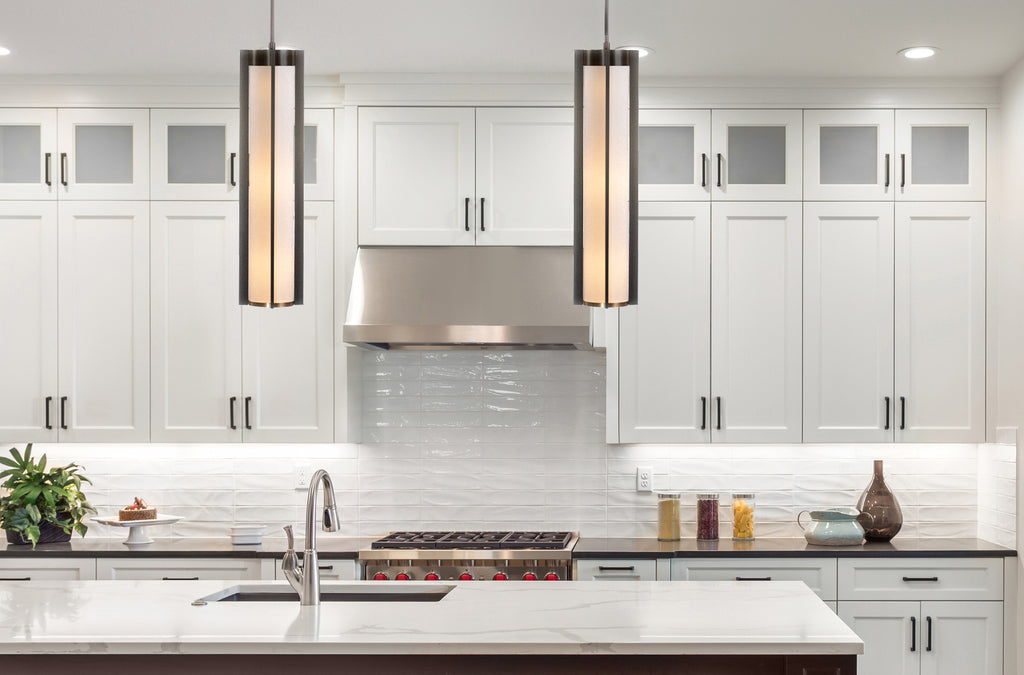
House automation technology can turn your home into a smart home, especially when it comes to lighting. At first, smart homes seemed like a reality too far off to be considered by most interior designers. But as smart phone and smart speaker capabilities continue to grow, more and more home owners are craving automated tasks that not only help make their lives easier, but actually enhance their quality of life.
It’s understandable that most designers are weary to add this to their laundry list of installation to-do’s. But such thinking fails to see the ever-increasing demand for integrated architecture. If home owners don’t want it now, it’s clear that they simply haven’t visited a smart home. There’s no turning back once you see these techy innovations at work!

Personal lighting
House automation offers high tech control to have the lights turn on or off as you enter the room. This is typically done with a motion sensor, but can also be synced with your smart phone or voice activation. They'll turn on when you enter the closet to get dressed, and they'll turn off once you're done parking in the garage. This helps lower the electric bill, and reduce energy consumption.
The Palmer fixture is a slim, elegantly designed contemporary pendant with a minimalist profile. All of our fixtures are compatible with smart home automation systems. Made in satin brass and linen, It’s sleek profile makes it the perfect choice for a tech-savvy modern home!

Welcoming party
New technologies let builders and designers rethink how we interact with our appliances. With more devices constantly connected to GPS location services, there’s more precise info on your comings and goings. With just a few settings, you can command your appliances to be powered up or down as you get closer to home.
Smart home integration can have the lights turned on, your favorite music playing and the oven preheating when you’re ready to walk in the door. It can have your noisy coffee grinder get to work once you’re out the door and gone for the day. You can run the dishwasher during low power usage hours and help save the environment

The Octavia lets you put just the right amount of focus. Hang them in a series to help light your way when you return home for the day! Integration can also help to reduce wall and remote clutter as homeowners are enabled to use their smart phone or tablet to control settings.

Artificial Sunrise
The ability to automate daily functions creates so many cool opportunities to customize your routine. New engineering invites designers to choose faucets, showers, and doors that operate on sensors to make each task a seamless process. It also helps reduce the visibility of switches, knobs and remotes.
You can install sensors to control the shades and manage the light that comes in. For those early risers too busy to wait for the sun to come up, programming your bedroom lights to mimic a gradual sunrise is easier than ever before! Why wake up to a jarring alarm tone blaring in the darkness when you can let your body naturally wind down from your nightly REM cycle?
With home integration, modern lighting can not only be aesthetic in the fixture, but also in the amount of light and in harmonious functionality. When connected with a contemporary wall sconce like the Anise, you can create a sophisticated but functional minimalist design.

Interior design uses science as much as art. It takes a unique perception of space, light, and energy, and embracing new capabilities with software is important to the future of the industry. Designers are inherently innovative, and they have a knack for maximizing the potential of a living space. Those who are quick to adopt these new house automation inventions are sure to absolutely wow their clients, and become the go-to source for all of their friends!

